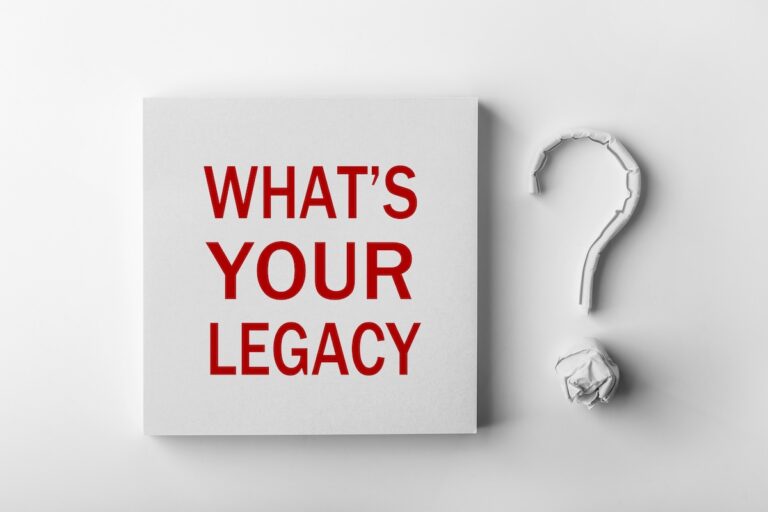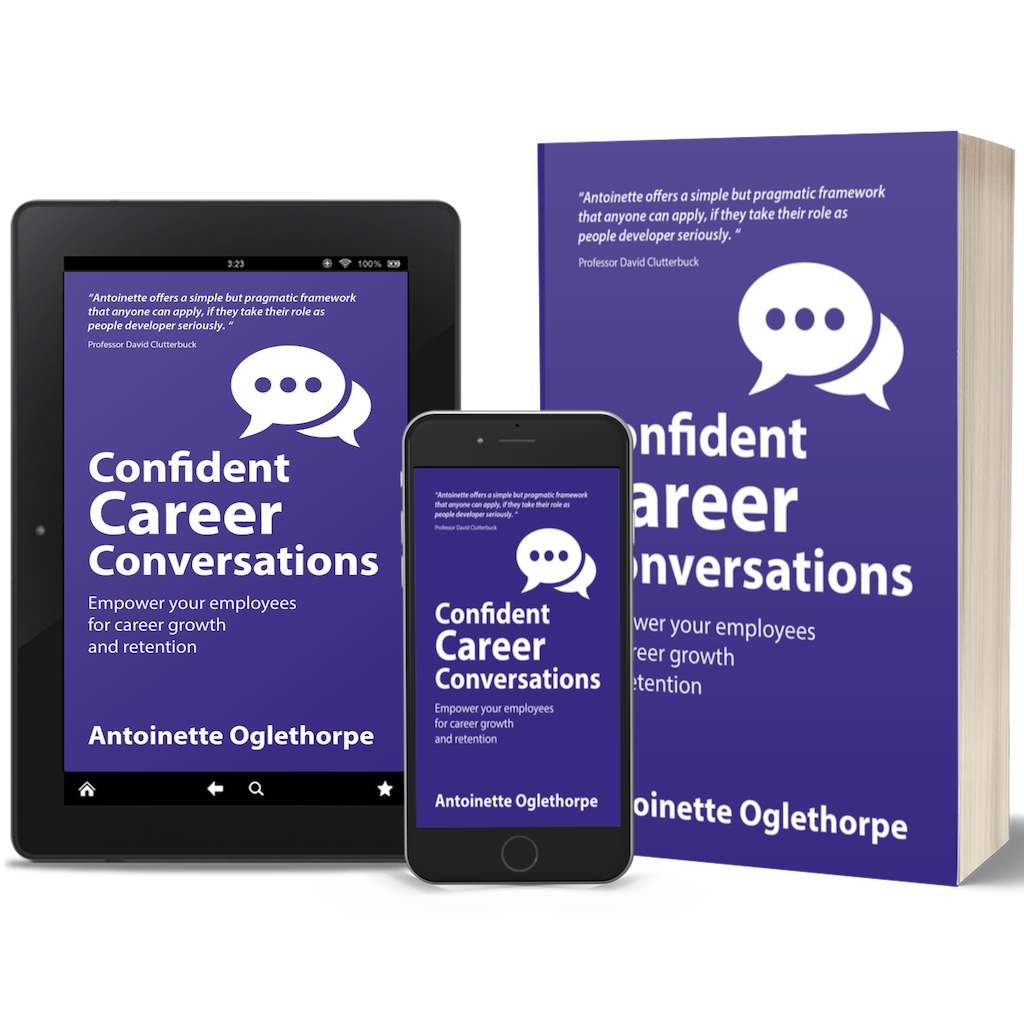What is the PARTNER Model?
PARTNER is an acronym for:
- Platform Definition
- Approach Other Party
- Rules of Communication
- Their Story-Your Story
- Notice Past Success
- Express Appreciation
- Reach Agreement
Conflict in the workplace can take a number of different forms and degrees. From muted disagreement through to raised voices, sometimes even violence. It can occur between team members, between managers of different departments or between managers and staff. It can damage personal and business relationships. It can result from personal interaction or organisational culture. It can arise spontaneously or build over time. Whatever its form or vehemence, conflict can have serious consequences for individuals and organisations alike. It needs to be handled with sensitivity and authority and cannot be ignored.
Conflict costs money
Being involved in workplace conflict is no fun. It’s stressful, unpleasant, distracting, intrusive and annoying. But that’s not all. Conflict costs businesses money. And those costs can be calculated, in terms of wasted time, bad decisions, lost employees, lowered job motivation, health costs and legal expenses.
The CIPD’s 2007 Managing Conflict at Work survey report found that, on average, organisations devote more than 12 days a year in HR and management time, managing disciplinary and grievance cases for every 100 employees. The survey also found that employers face average annual costs associated with employment tribunal claims and hearings of 20,000. These findings show the significant costs that organisations face if disputes escalate to the point where the formal disciplinary or grievance process has to be used. Of course it’s not just management time wasted and financial costs that employers must take account of. What about the personal cost of individuals under stress? Consider the impact of employee absence, dysfunctional teams and damage to morale and productivity. In many cases employees will simply vote with their feet and leave organisations if conflict is not resolved effectively.
Resolving conflict – an increasing challenge
Research shows that resolving conflict in the workplace is becoming an increasing challenge for employers. In 2006-2007 the number of individual employment disputes that resulted in employment tribunal applications increased to 132,577, compared with 115,039 for the previous year. The high number of claims is partly explained by the public’s increased awareness of employment rights and their recourse to litigation. No win, no fee lawyers provide an avenue for disgruntled employees to lodge claims against their employer – at no cost to themselves.
The challenges associated with resolving conflict in the workplace have been exacerbated by the introduction in October 2004 of the Statutory Dispute Resolution Regulations, which demand that every business follows a three-step disciplinary and grievance procedure.? The principle behind the Regulations was to ensure that employers and employees made every effort to resolve disputes in the workplace, but in practice the statutory procedures have led to a formalisation of how conflict at work is managed, resulting in more time being spent following disciplinary and grievance procedures and no reduction in the number of employment tribunal applications made by disgruntled employees.
Disciplinary and grievance procedures
Inevitably, organisations are increasingly relying on their HR departments to manage conflict as managers shy away from tackling disputes in case they do or say something that might be held against them during any formal proceedings. This approach is counterproductive, as by the time a dispute has escalated to the point where the disciplinary procedure has been triggered or a formal grievance lodged, opinions are often hardened and confrontational stances on both sides have developed that are very hard to change.
Following the Chairman of the Regulatory Policy Committee Michael Gibbons OBE‘s review of dispute resolution earlier this year, the statutory procedures for dealing with discipline and grievances look set to be repealed and there is likely to be a much greater emphasis on the use of mediation to resolve workplace conflicts.
While mediation is an extremely valuable approach, and one that avoids taking disputes to court therefore saving considerable time and money, it is likely to be used as a last resort when it is felt that the manager has no other choice but to resort to third-party intervention. That in itself can be seen by the two parties as some form of punishment, a view that is unlikely to help them build a positive and productive relationship going forward.
PARTNER Model for Success
I believe a much more effective approach is for line managers and HR to have the skills to recognise conflicts and have the confidence to deal with them at an early stage; to have those difficult conversations and to facilitate discussions between the two parties.
At the heart of both conflict and resolution is communication and dialogue. The PARTNER Model approach provides managers, team leaders, supervisors and HR professionals with a solution-focussed framework for that dialogue, which will allow them to deal with workplace conflicts in a way that is both effective and sustainable.
The PARTNER Model (read more about using this Model) recognises that every conflict is different.
It outlines a collaborative, approach that creates a partnership between the parties in conflict and empowers them to resolve the immediate conflict and strengthen their overall relationship without necessarily involving a third party. The PARTNER Model focuses on resolution (not blame), the future (not the past) and on what’s going well (rather than what’s gone wrong) to ensure a positive and pragmatic way of making progress.
Are you struggling to resolve conflict in your workplace?
Get in touch, and let’s talk.



